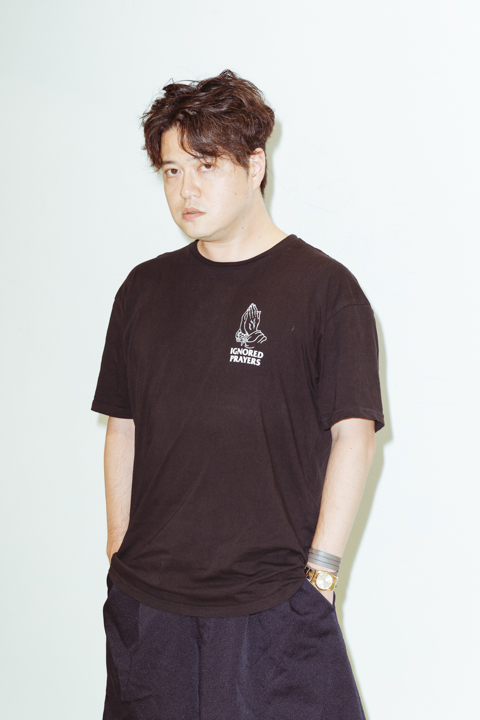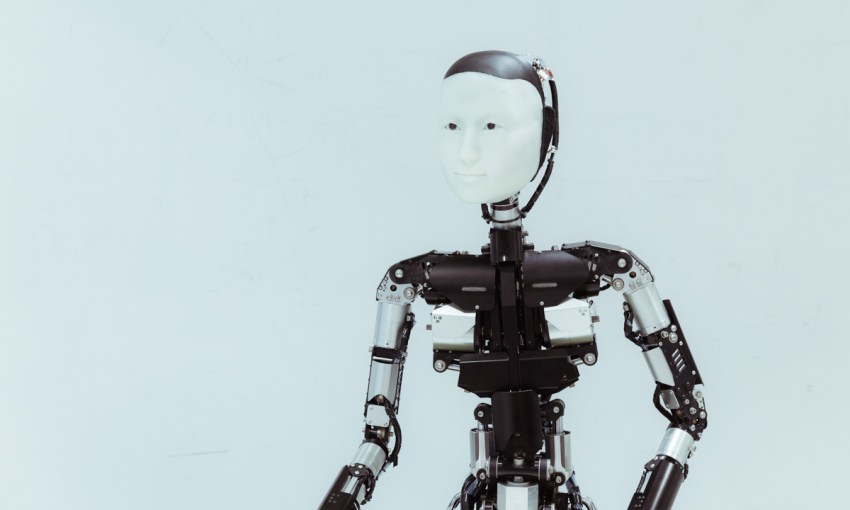Art is at its greatest when it straddles the boundaries between fear, beauty, and confusion, says composer Keiichiro Shibuya, whose new chamber opera will be performed in Adelaide tomorrow by an android with artificial intelligence.
Between fear and beauty
Japanese composer and musician Keiichiro Shibuya has gone through many changes in his career.
From a start playing classical piano and studying traditional composition at Tokyo University of the Arts, he diverged greatly into the realm of electronic production because he was fascinated by the way electronic music programs democratised the artform – taking it out of the hands of experts.
— Keiichiro Shibuya

But the biggest change came when, in 2008, he lost his wife to suicide.
Scary Beauty will play at the Space Theatre on September 30 and October 1 as part of OzAsia.
“We shared everything – and I couldn’t make music on the computer at that time,” says Keiichiro.
“When I make music in the computer I have to hear it repeating the same sound, but actually I wanted to hear her voice – the most important sound for me is her voice, and I couldn’t concentrate to make music with the computer.”
Instead Keiichiro moved backward in his musical career – attracted once more to the piano. He wrote and performed ATAK015 for Maria – a solo piano album that garnered huge critical acclaim.
Suddenly, doors were being opened for Keiichiro, and the opportunities afforded to him led slowly back towards digital experimentation.
In 2012 he created The End – an opera performed by Keiichiro and Hatsune Miku – a virtual character who has become very famous as a popstar in Japan.
The End will come to Adelaide as part of OzAsia this year, alongside Keiichiro’s newest work, Scary Beauty.
Scary Beauty extends Keiichiro’s exploration of the intersection between art and the virtual.The chamber opera will consist of three songs performed by the Australian Art Orchestra and Skeleton – one of the world’s most sophisticated artificially intelligent androids.
Skeleton will be programmed to sing by Keiichiro, but will move and change facial expressions independently.
The contrast between Skeleton and the human performers is where Keiichiro sees the value of this latest work.
“Art and music is not only about being comfortable for me,” he says. “There should be something beautiful and something moving and something scary. Everything is mixed.
“So, android is very interesting for me because people can touch the android, but people cannot understand inside her.”
To intensify the feeling of discomfit and intrigue Keiichiro hopes to create, he has drawn on the work of three authors for the lyrics for Scary Beauty.
Words penned by Michel Houellebecq, Yukio Mishima, and William Burroughs are unrelenting harsh, and add an extra layer of complexity to the piece.
“I like the works very much,” says Keiichiro. “They are writing very true things about humans.
“I chose to position this at the last words from human to the world. And a singing robot on that topic is very interesting.”
While it will certainly be confronting, Keiichiro’s work will also be tender – and more than anything else, it will hold us closer to a future that we’re travelling ever-quicker towards.





